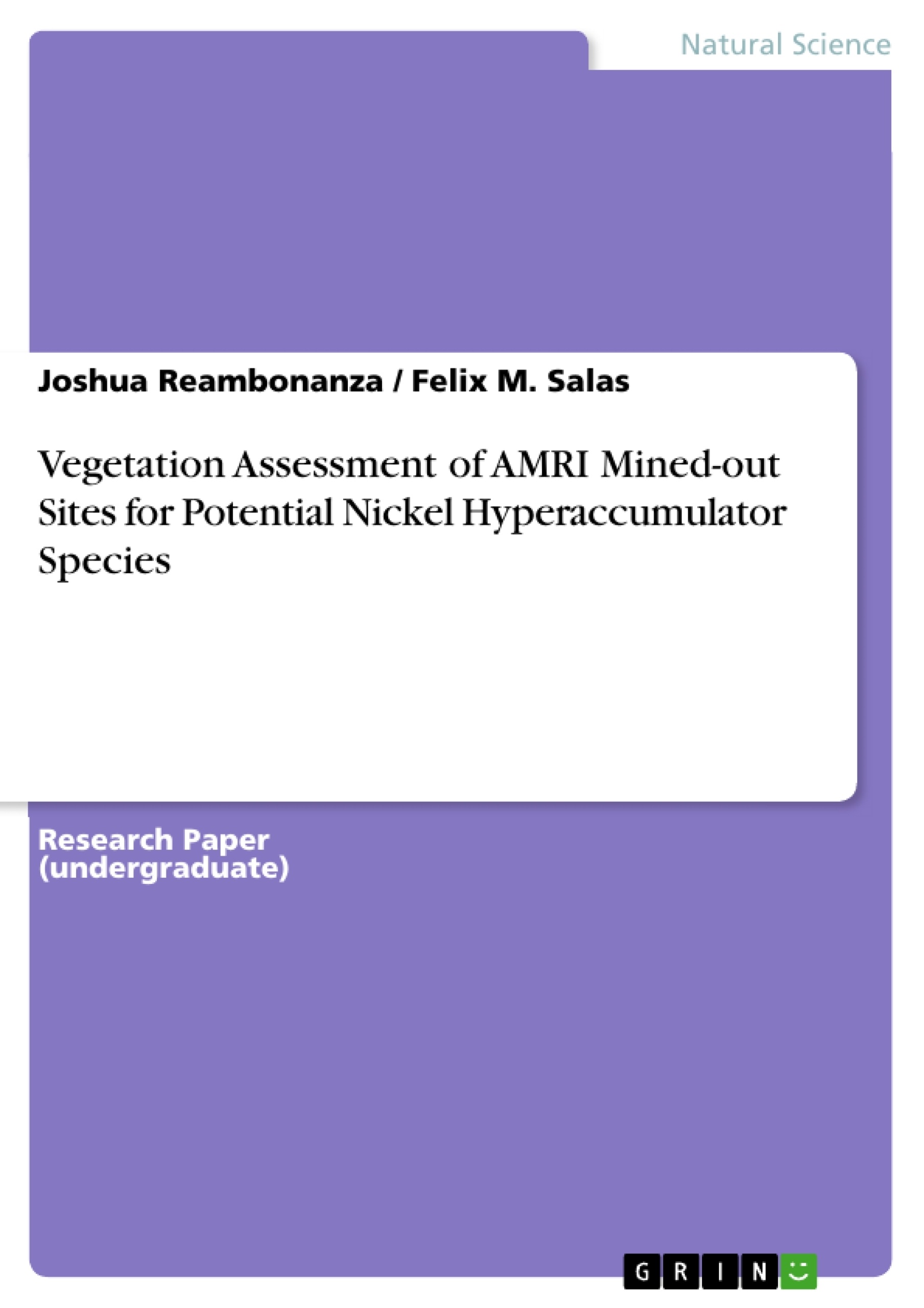What is the rationale behind the study?
The study explores the use of plants for environmental remediation, a practice rooted in ancient times. Some plants have the remarkable ability to accumulate high levels of metal ions, offering a cost-effective alternative to traditional remediation methods. Traditional methods can cost between $600,000 to $3,000,000, while phytoremediation can cost 20 times less. Plants accumulating more than 1000 mg/kg (dry weight) are classified as hyperaccumulators.



